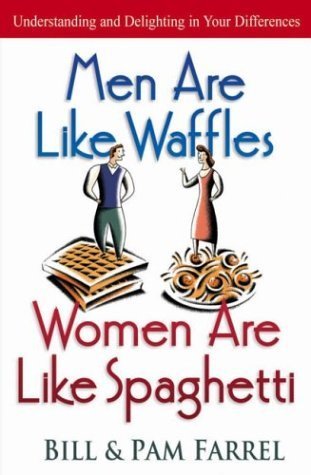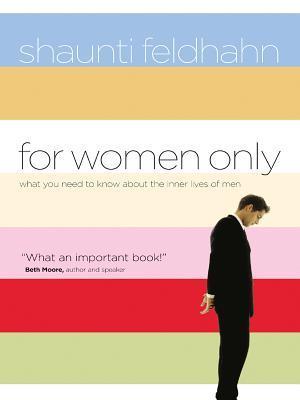
Why Men Lie and Women Cry : How to Get What You Want Out of Life by Asking
Book Description
What if the secret to unlocking your desires lies in understanding the mysteries of communication? In "Why Men Lie and Women Cry," Allan Pease unveils the unspoken dynamics between the sexes, exposing how miscommunication can derail relationships and hinder personal success. With razor-sharp insights and practical strategies, this riveting exploration dives into the heart of what drives us to ask for what we want—and why we often fail to do so. Unravel the enigmatic dance of desires and discover the power of authentic dialogue. Are you ready to transform your life by simply asking the right questions?
Quick Book Summary
"Why Men Lie and Women Cry" by Allan Pease is a practical, insightful guide to understanding and improving communication between the sexes. Drawing on psychology and real-world examples, Pease explains the inherent differences in male and female communication styles, why misunderstandings arise, and how these often derail relationships and personal ambitions. The book explores the role of social conditioning, evolutionary biology, and emotional needs in shaping behaviors, emphasizing the importance of asking clearly for what you want. Through humor and relatable anecdotes, Pease provides actionable strategies for bridging communication gaps so that men and women can foster deeper connection, resolve conflicts, and achieve personal satisfaction by mastering the art of asking in the right way.
Summary of Key Ideas
Table of Contents
Biological and Social Roots of Communication Differences
The book begins by exploring why men and women communicate differently, delving into both biological influences and social conditioning. Men have historically been problem-solvers and task-focused, while women have evolved to be more emotionally expressive and nurturing. Pease explains that these evolutionary roles, reinforced by modern social expectations, lead to fundamentally different ways of responding to the same situation. This section sets the foundation for understanding the recurrent misunderstandings that characterize many relationships.
How Miscommunication Derails Relationships
A major theme of the book is how seemingly minor miscommunications can spiral into larger conflicts. Pease uses humor and real-life anecdotes to show how each gender perceives words and actions differently. For example, men may interpret a simple question as a criticism, while women might see silence as emotional withdrawal. These mismatched interpretations reveal why common relationship issues arise, and how patterns of avoidance or escalation can persist unless addressed.
The Importance of Assertive Asking
Central to Pease’s advice is the idea that getting what you want starts with clear, assertive asking. Many people, especially women, are conditioned to hint or expect their needs to be intuited. Pease contends that this leads to frustration and resentment. The book provides step-by-step guidance on how to articulate needs openly, use direct language without being confrontational, and create an environment where both partners feel safe expressing themselves.
Strategies for Bridging Gender Gaps
Pease doesn’t stop at theories—he offers practical strategies to bridge gender communication gaps. This includes techniques such as active listening, reframing negative statements, using humor, and choosing the right time to communicate important issues. He encourages readers to become more aware of their habits, to practice empathy, and to continually check in with their partners. These tools are designed to prevent misunderstandings before they start and to resolve disputes more effectively when they arise.
Building Resilient and Fulfilling Relationships
Ultimately, the book emphasizes that understanding and respect are foundational for resilient relationships. Pease encourages readers to celebrate differences and approach them with curiosity rather than judgment. By learning to communicate authentically and ask for what they want, readers are empowered to build more satisfying relationships, navigate life’s challenges, and unlock personal fulfillment. The book concludes with an optimistic message: both men and women can transform their lives by mastering the art of honest, effective communication.
Download This Summary
Get a free PDF of this summary instantly — no email required.





